If you are already starting to plan your end-of-year recital, add the wow factor with one of these brilliant contemporary pieces for solo flute.
Lora Al-Ahmad: Two Skazkas for Solo Flute
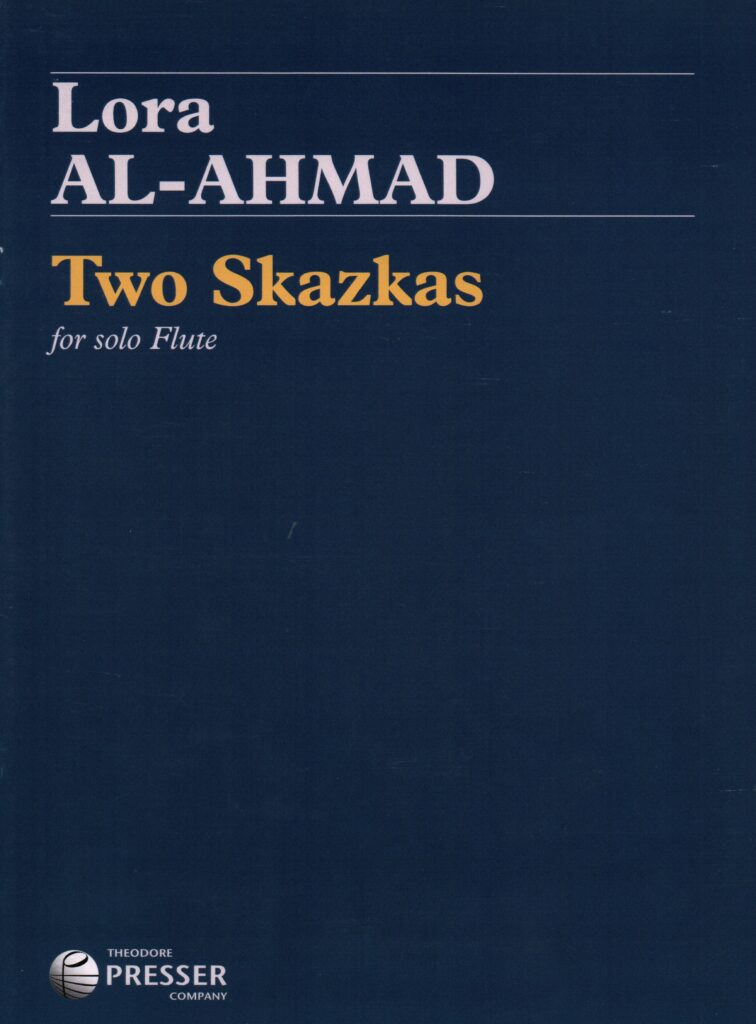
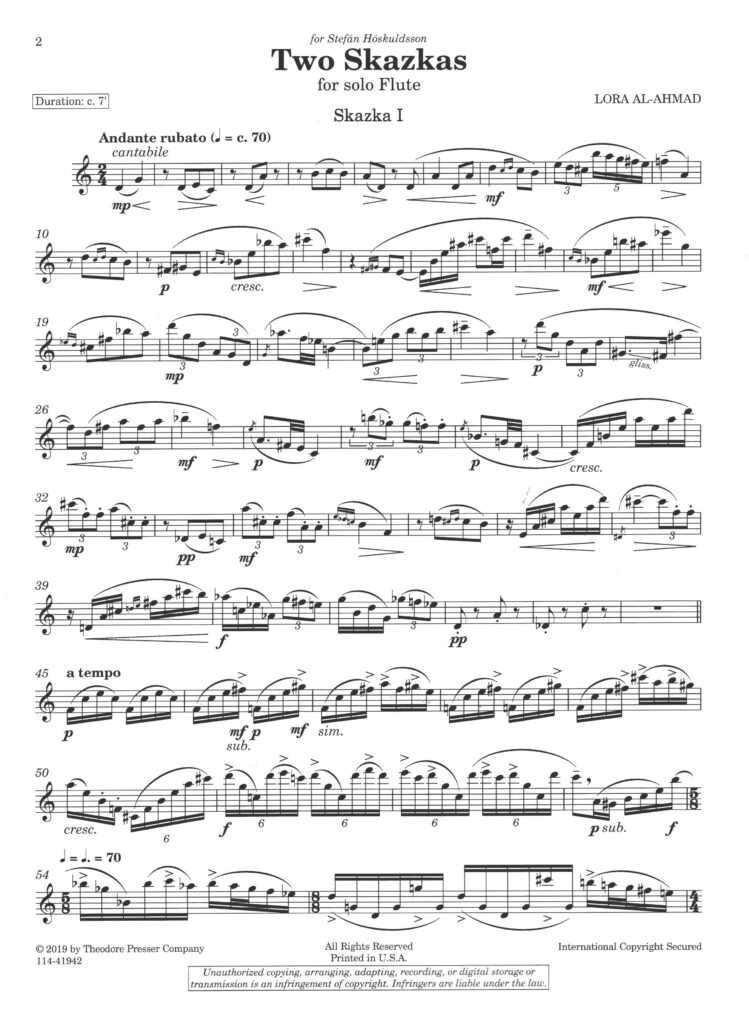
It’s easy to see why this piece from the Bulgarian composer Lora Al-Ahmad was a winner in the NFA Newly Published Music Awards. Both Skazkas are a real challenge to play, as they deliver the world of the fantasy with a combination of rhythmic invention and unpredictable motifs. Although without contemporary techniques, the virtuoso writing fully supports Al-Alhad’s musical intentions and creativity. This is something different – give it a try!
Marilyn Bliss: Murali for Solo Flute
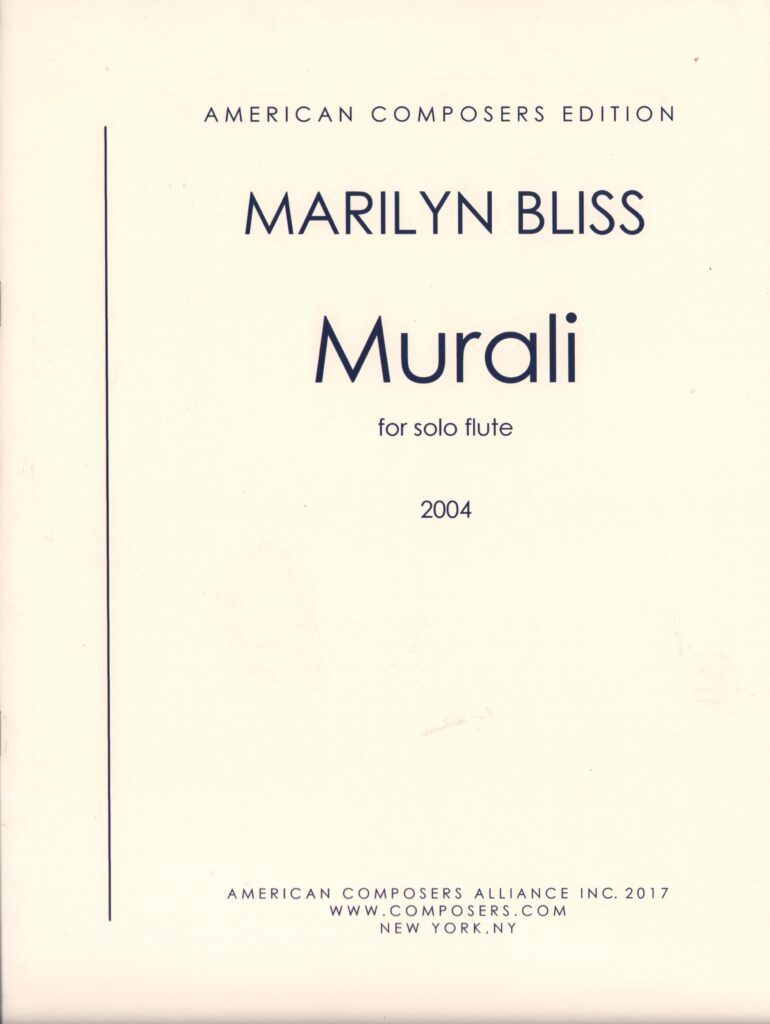
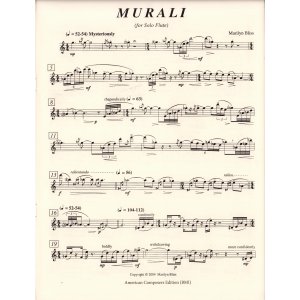
This is a lovely work by the Amercan composer Marilyn Bliss. Like most good pieces for solo flute it is underpinned by a tight structure which allows the rhythmic impetus and melodic invention to lead the audience through the narrative. Starting mysteriously, the writing captures the mercurial spirit of Krishna before developing into a driving dance. This builds to a climactic top D flat before the coda briefly revisits the opening and then vanishes. This is a captivating piece and a great alternative to the more familiar works for solo flute.
Richard Whalley: Misplaced Time Refound for Solo Flute
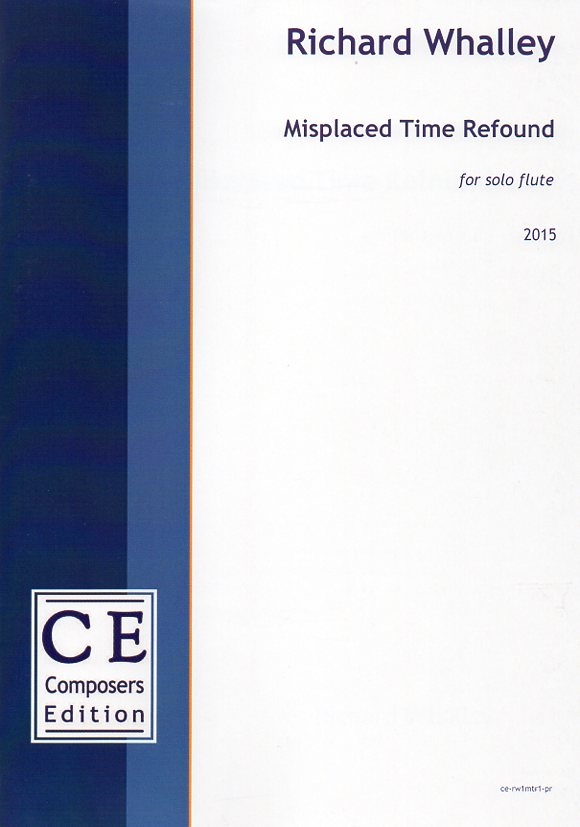
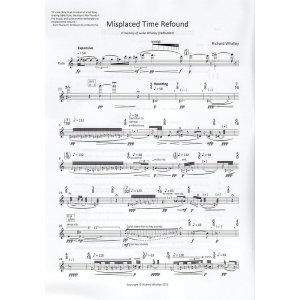
Written after the death of the composer’s father, this atmospheric piece is gentle and almost rhapsodic. The music reflects the title with a suspension of time and space shaped by textural changes of sounds and varying metre. There are complex speed changes, often from bar to bar which, together with use of time frames and free cadenza passages, challenge our sense of regularity. The ‘poignancy of existence’ is definitely captured here.
Nicole Chamberlain: Asphyxia for Solo Flute
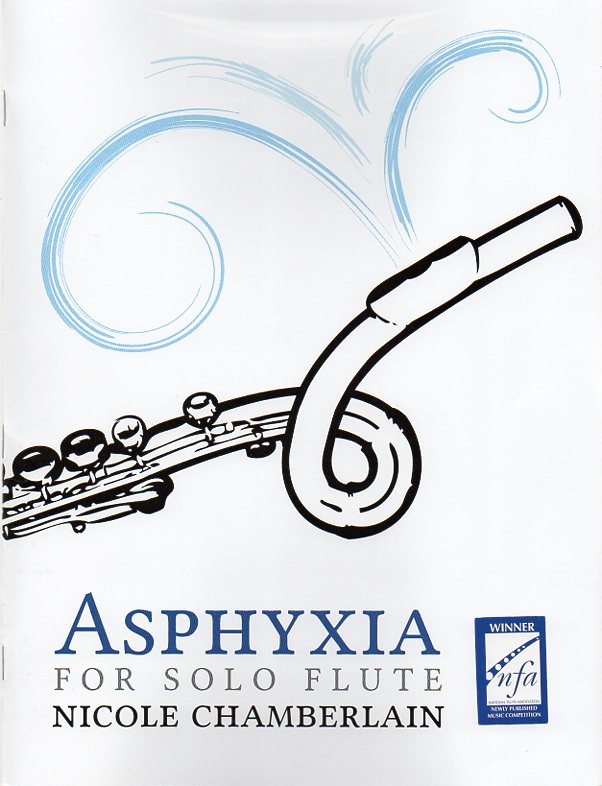
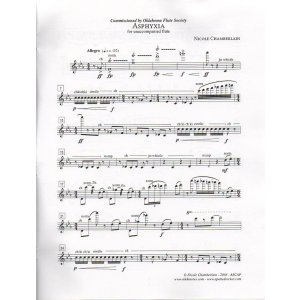
This is a very good piece. Taking her cue from Robert Dick, Ian Clarke and Greg Patillo, Nicole Chamberlain has found her own language and style. A vast range of contemporary techniques are used in this virtuoso piece and the rapidity with which they arrive on the page is breathtaking. Hence the title. It’s structured well too, opening with an energetic Allegro before a central free section uses multiphonics, foot stomps and changes of tempo to add contrast. The ending is both rhythmic and dramatic. Definitely not for the faint-hearted!
Wil Offermans: Tsuru-no-Sugomori for Solo Flute
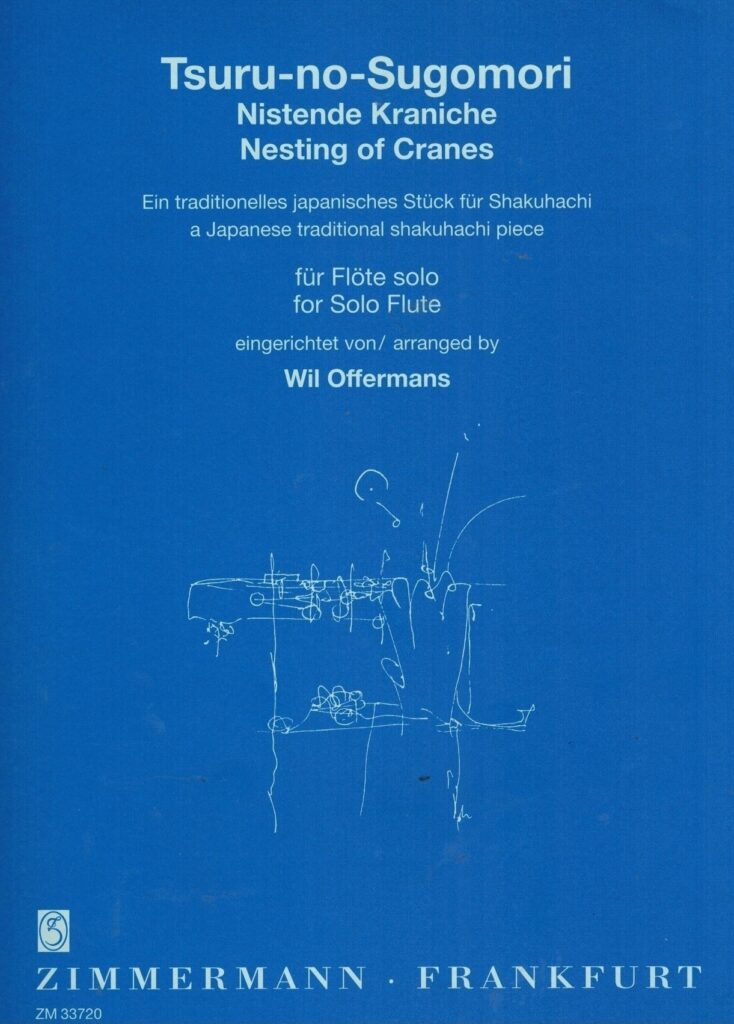
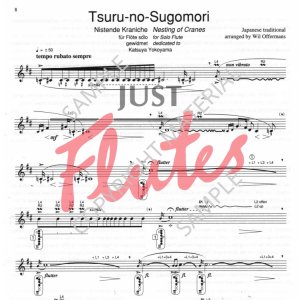
Tsuru-no-Sugomori’ (Nesting of Cranes) is a challenging transcription of a traditional Shakuhachi melody and comes complete with instructions and exercises to help with the extended techniques involved in the performance. The piece takes us through the cycle of the life of a crane (highly revered in Japanese culture) from building a nest through to death. Offermans recreates the Shakuhachi timbre by extensive use of lip glissandi, pitch-bending, portamento as well as a great variety of types of vibrato. This results music rich in colour and texture which is both exciting to play and to listen to.
